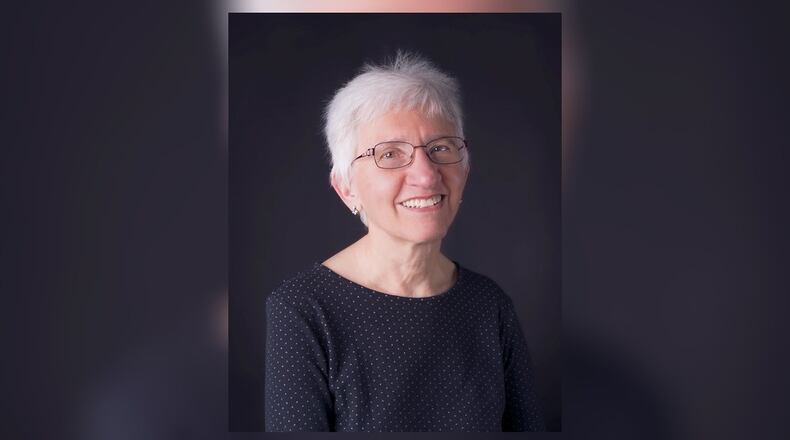AG Yost talks about rights and responsibilities, both for elected officials and for citizens. As citizens, we have both the right and responsibility to vote in every election, and to research the candidates and issues beforehand. We also have the right and responsibility to stay awake—to attend public meetings, to ask hard questions, to investigate the policies of our government, analyze the results, and inform others.
This type of advocacy takes time, which is why I’m grateful to see ad hoc citizen-led groups form around high priority issues and combine their efforts to demand transparency and call elected officials to account. The Montgomery County Jail Coalition, the Coalition on Public Protection, and the Clergy Community Coalition are just three examples of groups that follow “what our government is doing in our name and with our money.” These citizen advocates encourage our elected officials to be accountable to their constituents.
Ultimately, accountability happens in the voting booth. As you prepare to vote this election, reflect on the candidates and ask yourself these questions: If incumbents, have they been transparent in all of their decisions, or do things appear to happen behind closed doors? If new candidates, are they open and honest in their remarks to citizens? For both, do they have websites that describe their positions extensively?
The Miami Valley is fortunate to have great resources for unbiased information on candidates and issues. The League of Women Voters of the Greater Dayton Area, a non-partisan political organization, publishes a Voters’ Guide for all major elections. Printed copies are distributed throughout the city, at libraries, churches, and other public places, and can be found on their website at https://www.lwvdayton.org/voters-guide-available-here/. Both the League and the Dayton Unit NAACP have held and videotaped candidate forums. Look for them on the League’s YouTube channel and the NAACP’s Facebook page.
Voting is just the beginning. We need to pay attention to what’s happening in government. Many of the counties and municipalities in our area either livestream their meetings or provide videos on their website or YouTube channel. Minutes are found on local government websites as well.
Elected officials, don’t forget your rights and responsibilities. Welcome the public to your meetings, and listen to what they have to say. During campaigns, let voters know where you stand. Participate in debates and candidate forums. Be honest in your responses; don’t just say what you think the audience wants to hear. Finally, to all of our local, state and federal government officials — do your work in the sun.
Mary Sue Gmeiner is a community activist and long-time resident of Dayton. She has been active in various organizations over the years, including Greater Dayton Move to Amend and the League of Women Voters of the Greater Dayton Area.
About the Author
